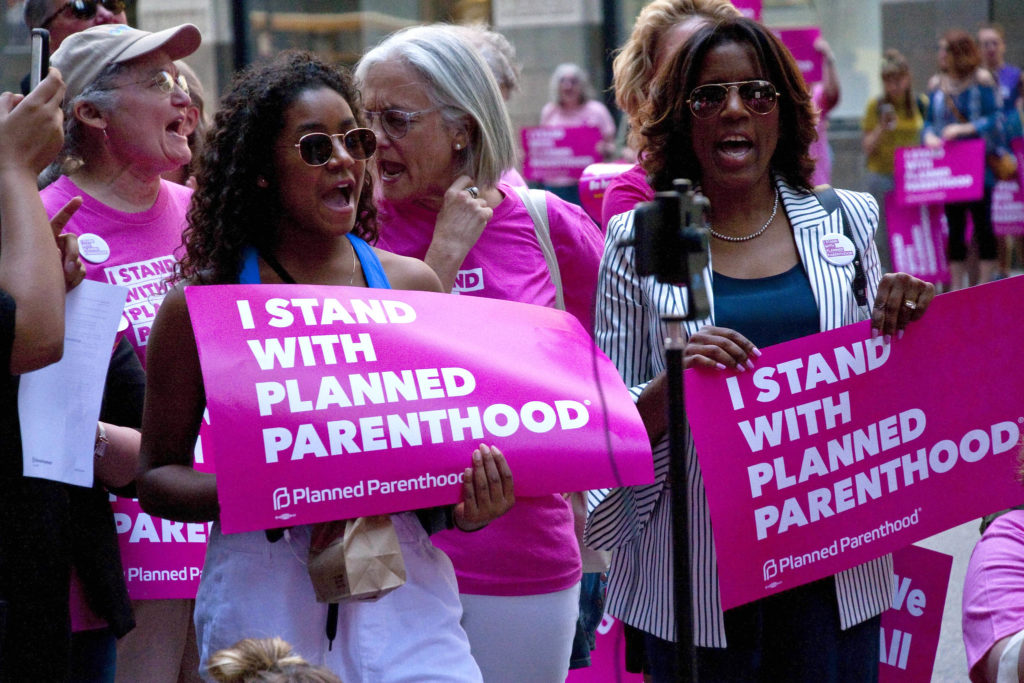Attacks on basic reproductive access in this country show a widespread disregard for women—and they have reckless consequences for society.
Title X clinics have helped people avoid 2.2 million unintended pregnancies and 761,000 abortions through contraceptive access. If politicians truly wanted to stop abortion, and boost the economy, increasing access to contraception, instead of restricting it, would be their platform.
But instead, their approach is quite the opposite.

In the wake of President Trump’s new domestic gag rule, family planning clinics that have historically relied on Title X federal funding have struggled to stay afloat while still providing comprehensive care.
Prior to the new regulations, Title X funding could be used for a variety of services including birth control, pap smears and STI testing, but could not be used for abortions. In March, however, the Trump administration released new rules barring any clinic that even refers patients to or provides abortions from receiving federal funds.
The fallout was swift. Planned Parenthood, which runs 40 percent of all Title X clinics in the U.S., announced it would forfeit Title X funding in order to continue providing and referring patients to abortion care.
Attacks on reproductive health care and Title X are attacks on the most marginalized and disenfranchised people who rely on Title X the most. Throughout the U.S., 20 million people rely on publicly funded family planning services and supplies, since their income falls below two and a half times the federal poverty level or because they are younger than 20 years old. The new domestic gag rule blocks access for the 20 million people who need publicly funded family planning services, stripping them of their ability to receive basic reproductive health services.
Those restrictions may be focused on abortion, but they also shut doors to other forms of reproductive and sexual health care for poor women, including limiting access to contraceptive care and therefore diminishing a person’s right to make decisions about their reproductive health.
In the U.S., 45 percent of all pregnancies are unintended and 40 percent of all unplanned pregnancies end in abortion. Contraceptive access could lower the unintended pregnancy rate, allowing people to make decisions about their bodies and their lives. According to Guttmacher Institute, by providing 25 million women and couples in the U.S. with publicly funded contraceptives, the U.S. averted 7.5 million unintended pregnancies, 3.1 million abortions and 15,000 maternal deaths.
For every dollar invested in Title X, the government saves seven. Access to contraception also increases education rates, decreases poverty and boosts women’s participation in the labor force. According to a 2013 study, the U.S. GDP in 2013 was 2 trillion dollars (14 percent) higher than it was in 1970 due to women’s increased participation in the labor force.
Contraception isn’t just a solution for our economic woes, however. Increasing access to contraception boosts retention rates in schools, raises women’s incomes and decreases poverty rates. (Not to mention it gives people the agency to make decisions about their lives and bodies.)
Lack of contraceptive access and family planning is an economic matter, not a partisan one. And it’s a moral failure for this nation that gaps in access remain so purposefully persistent.





